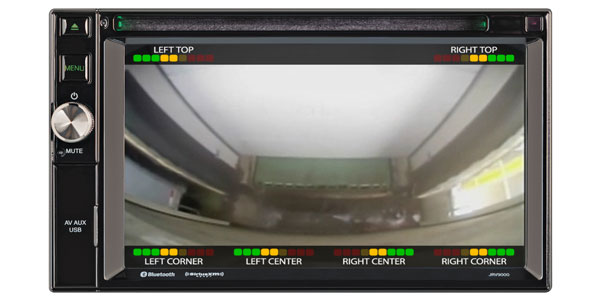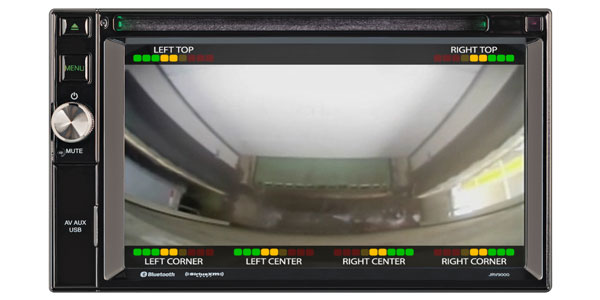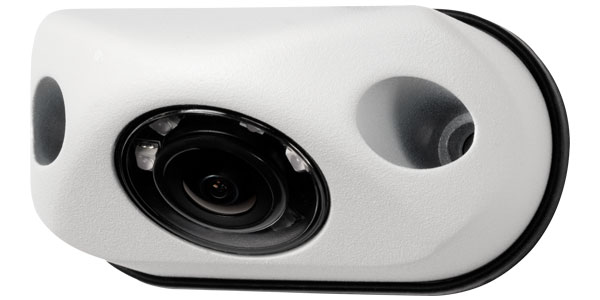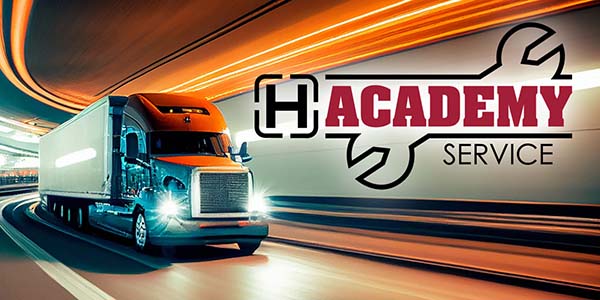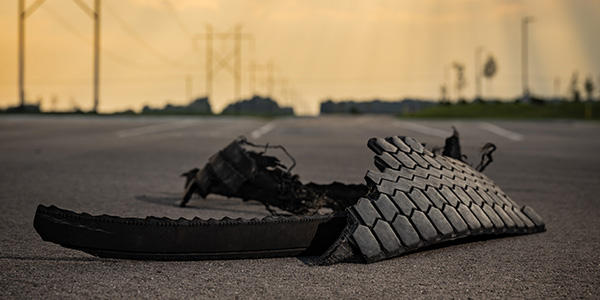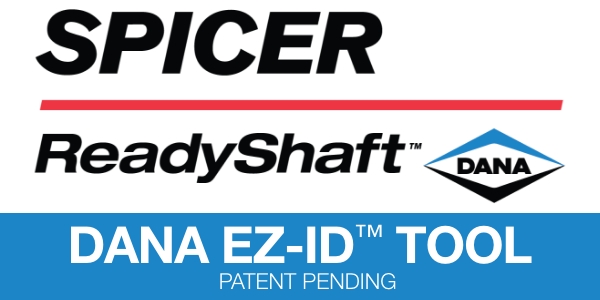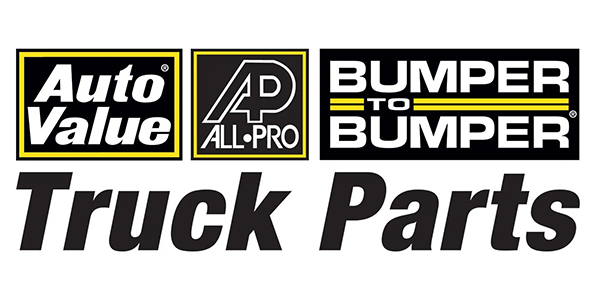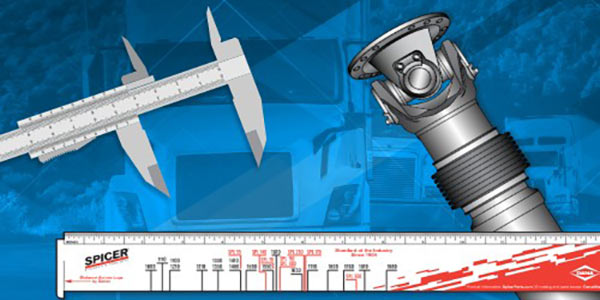Observation has been a talking point in transportation industries for several years. In May of 2018, the National Highway Traffic Safety Administration (NHTSA) updated FMVSS 111 to include mandatory back up cameras on any vehicle under 10,000 pounds. This mandate was not a surprise, with auto makers rolling out vehicles with rear observation systems as early as 2016 to ensure they were 100-percent compliant by 2018. The surprise is that no such regulation exists for what the NHTSA and the Federal Motor Carrier Safety Administration (FMCSA) classify as “large trucks,” any vehicle exceeding 10,000 pounds.
According to the FMCSA, large trucks made up approximately four-percent of registered vehicles in the United States in 2016 and accounted for 6.5-percent of all motor vehicle crashes. Fatal crashes involving large trucks account for 11.2-percent of all fatal crashes that year. The NHTSA is aware of the need for observation and safety equipment for the heavy truck market, they just aren’t legislating it yet.
Manufacturers of box trucks and other heavy vehicles are under no federal or legal obligation to equip their trucks with back up cameras. Semi-trailer manufacturers are also not required to install cameras. The decision to implement observation systems of any kind is left to the fleet owner. While outfitting an entire fleet will increase the bottom line at first, it is a long-term investment in the safety of the truck, the drivers, and the cargo.
While we tend to think of observation as synonymous with cameras, the big picture of fleet safety is growing beyond the back up camera. Proximity sensing or object detection technology can go a long way to lower the number of large vehicle crashes and back over accidents. The NHTSA has been researching the benefits of crash prevention technology in trucks for more than two decades.
A 1994 report on object detection systems finds, “The drivers were positive about the potential of a rear object detection system. As one of them stated, ‘Anything that can help to improve safety is welcomed.’”
That report further explains that the sensors were able to detect stationary as well as moving objects in areas that would normally be blind spots for the driver. The object detection systems used could communicate to the driver how close they were to an obstruction like a loading dock. More than one of the drivers in the study credited the system with notifying him a person was in the danger zone.
The NHTSA conducted a study in 2015 to evaluate front collision warning systems and found that “drivers receiving an imminent collision warning alert responded significantly quicker than drivers who did not receive an alert.” The test utilized both visual alerts and the audible alerts and found the audible alert to be more effective at eliciting an immediate response from a driver.
The next step towards a safer fleet and safer highways, byways, and jobsites goes beyond what we can see to what we can hear and what the technology can sense nearby.
This article was sponsored by Voyager. For more information, please visit our website at www.voyagercameras.com

